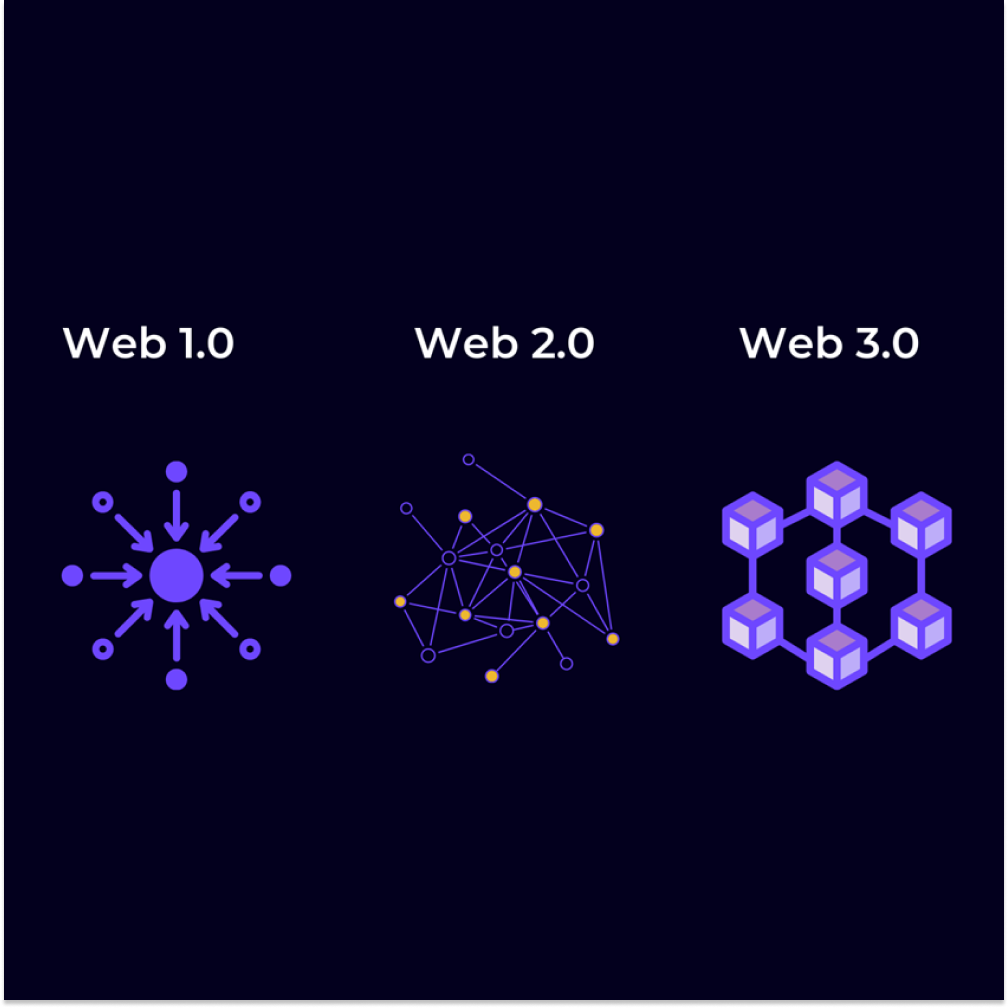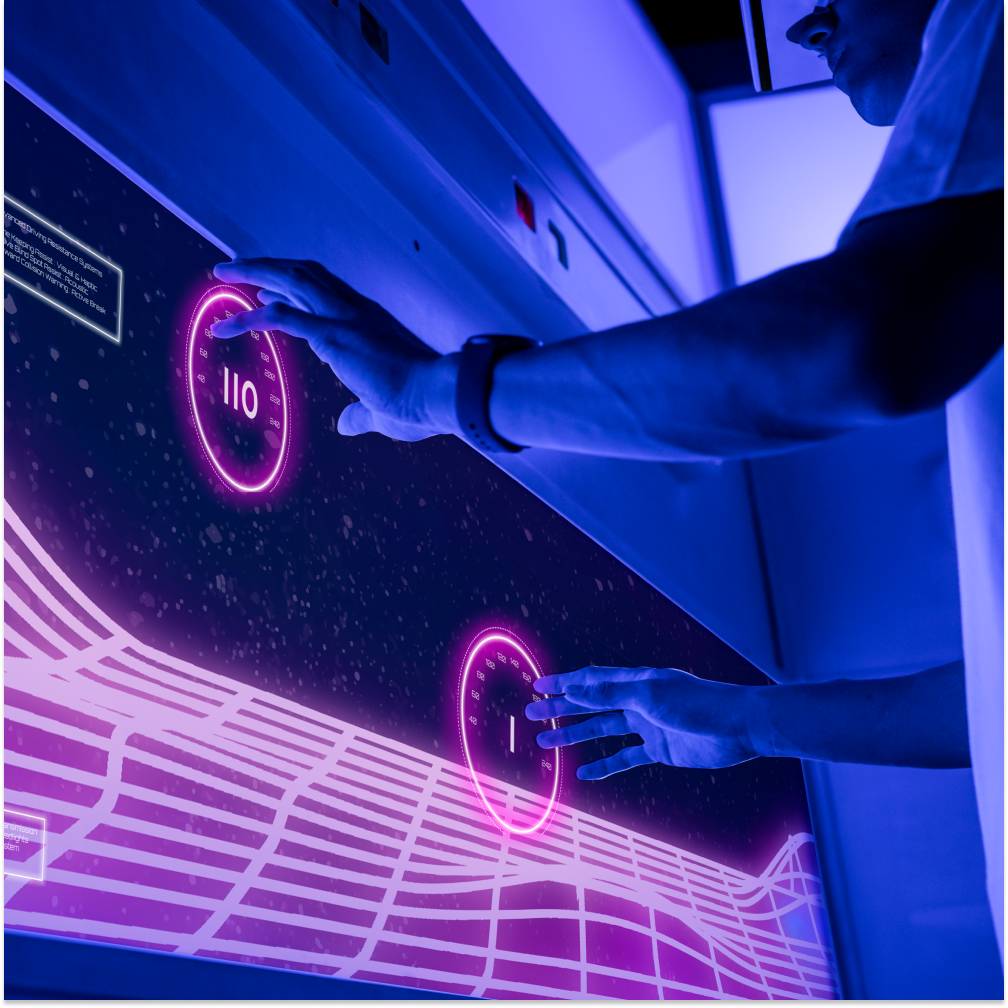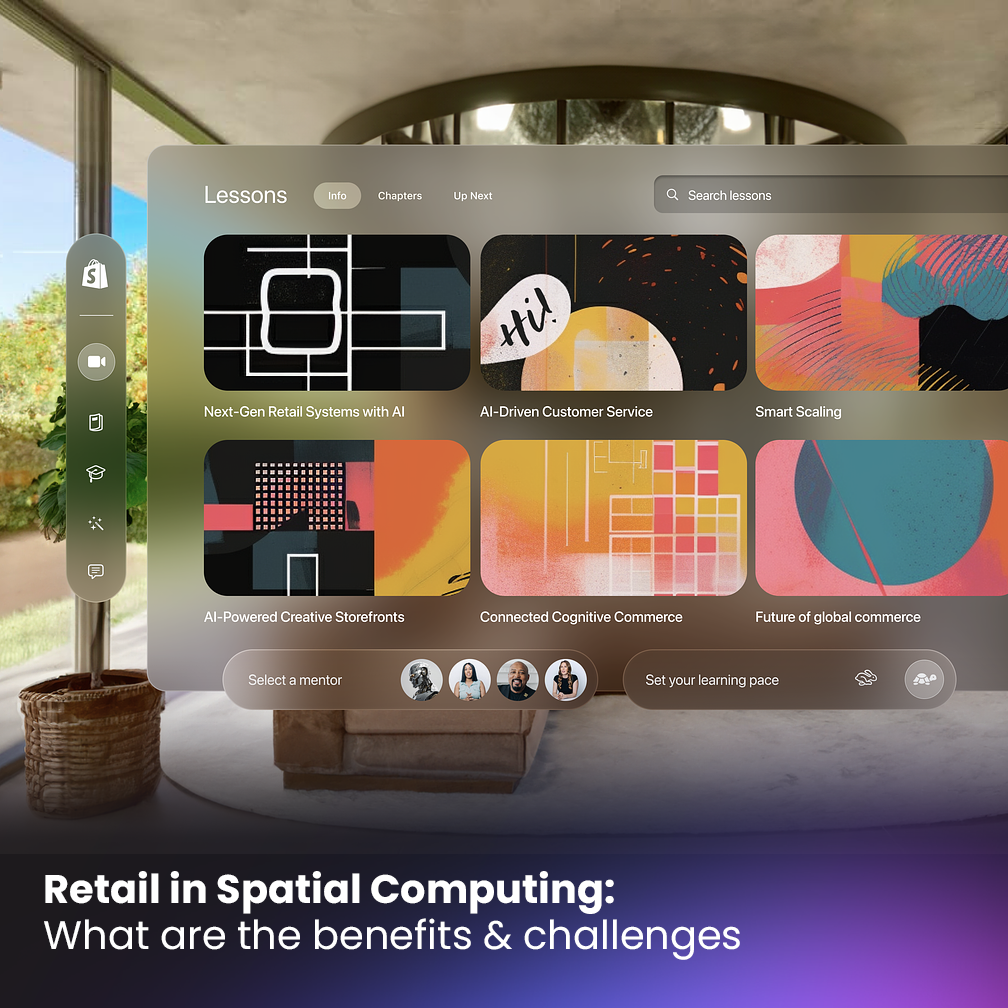
Estimated reading time: 7 minutes
The digital landscape continues to evolve at a rapid pace and a groundbreaking technological revolution known as Web3 is reshaping the internet as we know it. From decentralized finance to non-fungible tokens and blockchain-based applications, Web3 is ushering in a new era of transparency, security, and user empowerment. For product managers, understanding and harnessing the potential of Web3 is not just a matter of staying relevant, but also a key opportunity to revolutionize product development and create innovative, user-centric experiences. In this article, we will delve into the essentials of Web3 product management and explore how product managers can leverage this decentralized paradigm shift to build the next generation of products that thrive in the new digital era.
The evolution of the Internet and product management

Web1: Web1 was the early phase of the Internet during the 1990s. It was primarily characterized by users creating or consuming written content. This era encompassed email, chat rooms, forums, websites, and early e-commerce platforms.
Product management during this period was not as clearly defined as it is in the subsequent phases of Web2 and Web3. Although companies may have had product managers overseeing the development and launch of new websites or online products, the emphasis was more on the technical aspects of construction and maintenance rather than prioritizing user experience and customer needs.
Web2: This era witnessed a rise in complexity within commerce, ubiquitous smartphone connectivity, and stronger ties between digital presence and real-world social identities.
Product managers in the Web2 landscape played a vital role in guiding the development and launch of new products or features within companies. This involved close collaboration with cross-functional teams such as engineering, design, marketing, and sales to define product roadmaps, establish goals and objectives, and identify and prioritize new features or capabilities.
Web3: It operates on a different premise, where computers and users communicate by connecting to servers to retrieve information. Web3 introduces a distributed network architecture, leveraging technologies such as blockchain, to ensure data integrity, transparency, and autonomy.
Web3 product management faces new challenges and opportunities, requiring a deeper understanding of decentralized technologies and their implications for building innovative, user-centric products that thrive in this emerging landscape.
What is Web3 product management?
Web3 product management diverges from traditional approaches in three key aspects:
Increased Versatility:
Web3 product managers are required to possess a broader skill set, extending beyond product-market fit. In addition to overseeing development and launch, they also take ownership of incentives, partnerships, and community building. This necessitates a flexible approach and the ability to adapt quickly to changing dynamics within the decentralized ecosystem.
Emphasizing Artistic Judgment:
Unlike the data-driven nature of Web2 product management, Web3 product management relies less on extensive user data and A/B testing. Due to the values of the Web3 space and the relatively small user bases, decisions often rely on intuition rather than concrete metrics. This demands a heightened sense of artistic judgment, enabling product managers to navigate highly ambiguous situations and make informed decisions in a landscape of uncertainty.
Increased Public Engagement:
In contrast to the predominantly closed-door decision-making processes of the past, Web3 product management operates in a more public domain. Discussions and deliberations surrounding product decisions occur openly on platforms like Discord, Crypto Twitter, and public Snapshot proposals. This transparency fosters inclusiveness and community involvement, requiring product managers to effectively engage with the community and stakeholders. Success in this environment is dependent on not just analytical prowess, but also on the ability to engage and influence stakeholders in a public setting.
Web3 product management responsibilities

Web3 product managers have unique responsibilities that align with the decentralized nature of Web3 technologies and the evolving digital landscape.
Here are some key responsibilities of Web3 product managers:
- Understand Web3 principles: A Web3 product manager needs to have a solid understanding of the principles and fundamentals of decentralized technologies, such as blockchain, smart contracts, decentralized finance (DeFi), and non-fungible tokens. This knowledge forms the foundation for effectively managing products in the Web3 ecosystem.
- Define product strategy: Web3 product management encompasses defining the product strategy and vision within the Web3 context. This involves conducting market research, identifying user needs and pain points, and aligning the product roadmap with the overall goals of the project or organization.
- User experience and design: Ensuring a seamless and intuitive user experience is crucial in Web3 products. Product managers collaborate with design teams to create user-friendly interfaces that integrate with blockchain technology, addressing challenges such as wallet management, transaction transparency, and decentralized identity.
- Community engagement: Web3 product managers play a significant role in building and nurturing communities around their products. They actively engage with users, stakeholders, and developers through channels like Discord, Telegram, or community forums. By fostering community participation, they gather feedback, prioritize features, and establish a loyal user base.
- Partnerships and ecosystem development: Web3 product managers actively seek strategic partnerships with other projects, platforms, or protocols within the Web3 ecosystem. They identify potential collaborations that can enhance the value proposition of their products and contribute to the growth of the overall ecosystem.
- Continuous learning and adaptation: Web3 product management is an ever-evolving space with new technologies and trends emerging rapidly. Product managers must stay updated on the latest advancements, industry standards, and best practices. They adapt their strategies and product roadmaps accordingly to stay ahead in this dynamic landscape.
Web3 product managers must be comfortable with ambiguity, have strong communication and leadership skills, and possess a deep passion for the potential of decentralized technologies. By fulfilling these responsibilities, they contribute to the growth and success of Web3 products, enabling users to experience the benefits of a decentralized and user-centric internet.
Best practices for Web3 product managers
The importance of Web3 for product managers is evident in the ever-expanding landscape of web3.
Undeniably, the advancements brought by web3 solutions such as DeFi, cryptocurrencies, and tokens have significantly enhanced value across various domains.
Moreover, web3 has the potential to revolutionize digital service experiences on the internet, offering immersive encounters within Spatial Computing. So, how to be successful in Web3 product management? Let’s explore the answer through a three-step process.
Step 1: Acquire Web3 Knowledge
For individuals aspiring to secure web3 product manager roles, the foremost recommendation is to invest time in learning about Web3 meaning. You can rely on professional training courses, covering essential concepts like blockchain fundamentals, Ethereum, and smart contract development. Additionally, gaining hands-on experience with web3 solutions like decentralized exchanges and token collections is crucial.
Step 2: Explore Job Opportunities
While the demand for web3 product managers may still be growing, taking proactive steps toward a web3 career is essential. Begin by searching for teams actively working on web3 companies and projects aligned with your interests and where you believe your impact can be significant. Engage with the virtual communities formed around these projects on various social platforms to grasp the project’s pace and community culture.
Step 3: Embrace the Revolution
In the final stage of your journey of Web3 product management, it’s time to actively participate in the revolution. Define your role and career objectives within your chosen web3 project. Reach out to project founders or core contributors, effectively communicating your skills and the value you can bring to the team. Engage with different teams, attend interviews, and make a well-informed decision by evaluating all available options.
By following these three steps—learning about web3, exploring job prospects, and fully embracing the web3 revolution—you can embark on a successful career path as a web3 product manager.








